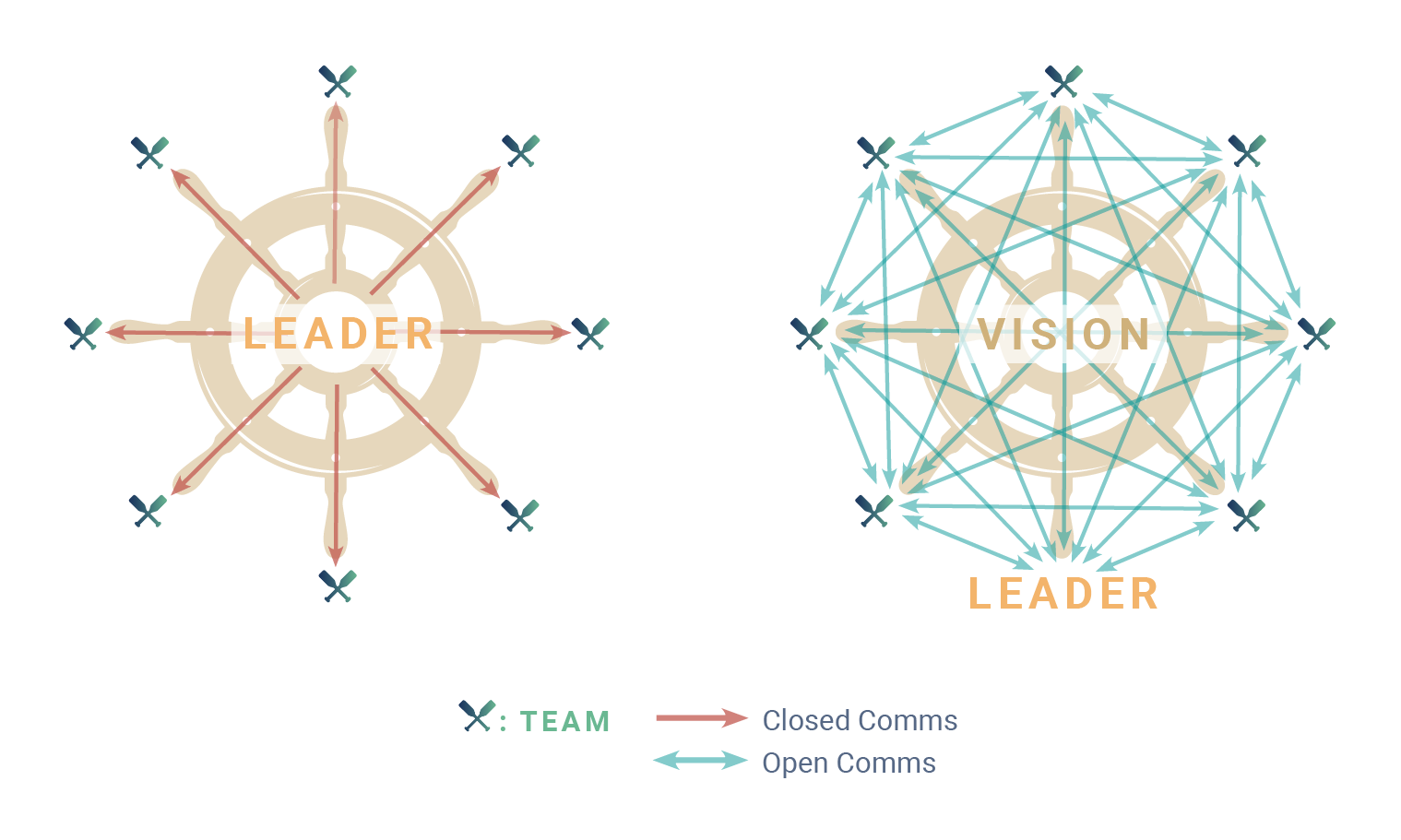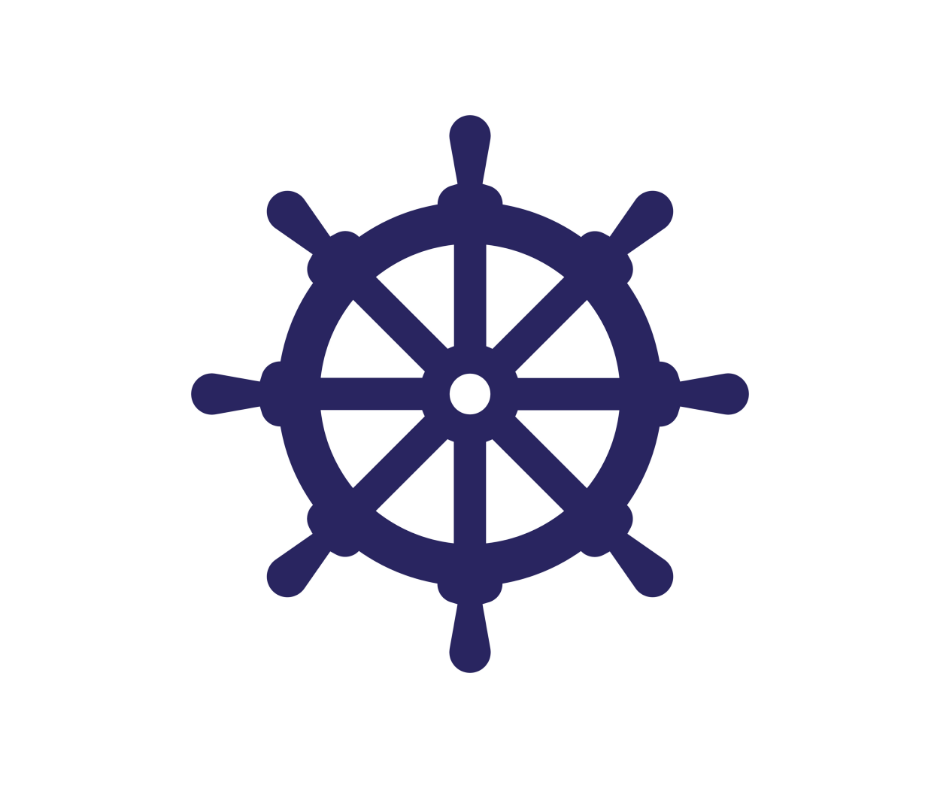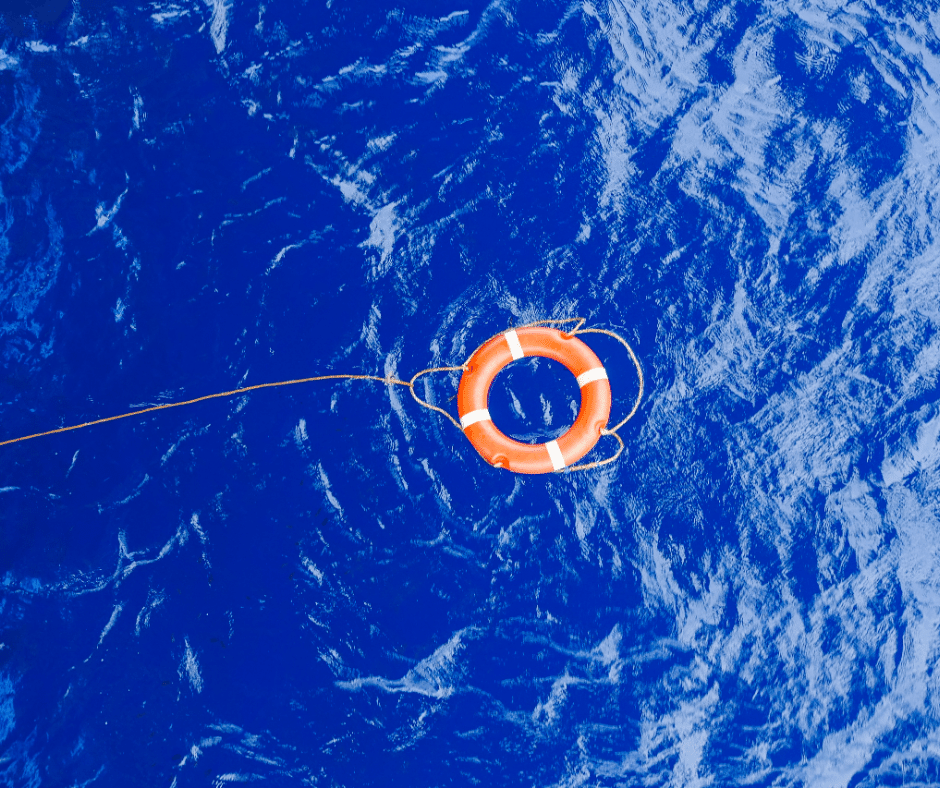One way a leader can murder team performance is to selfishly place themselves in the middle of everything, right in the hub. Picture an old sailing ship helm. Hub in the middle, spokes and a rim at the outer limit. This is hardly original thinking but in my mind if the leader is in the hub, team members sit on the handles that protrude from the outer rim and the spokes are lines of communication.
This leader is implying that s/he is the pivotal team member, the font of all knowledge with brilliant communications radiating outwards. The reality however is the opposite as this mindset impedes the flow of comms between team members, completely thwarting engagement, creativity and growth. A humbler ‘Leader in Service’ takes a different approach. They place themselves on the outer edge of the wheel and simply join their teammates while into the vacant hub they place something immeasurably more powerful – team Vision.
Everyone quickly perceives that the focus of their effort has shifted away from the boss. It’s now bigger than that and the boss has become one of the team. They buy into why you do what you do and become intrinsically motivated. This newfound sense of purpose empowers and aligns everyone leading to engagement, inspiration and peak performance.

I learned a bit about this around the year 2000 as a young, inexperienced navy ship Captain. The ship was small, less than 50m long with a crew of about 25. It was an environment in which I learned a lot about myself and about leadership more generally. I joined the ship in a long maintenance period and as you’d expect it’s extremely important to get the new team working well together before Navy will allow it to deploy on Operations. This team ‘workup’ lasts two weeks and the crew is tested by a small staff who set up real world scenarios around operations, safety and the crew’s ability to save the ship from fire and flood.
After a successful workup we deployed. One day during our first patrol out into the 200 nautical mile Australian Economic Exclusion Zone we got word from a spotter aircraft of a small wooden boat about 60 miles from our position, inside ‘the line’ and acting erratically. We shot off to investigate and I fully expected to find an illegal foreign fishing boat from one of our northern neighbours. We intercepted the vessel right on sunset (of course) and I could tell immediately it was going to be an unusual event. The boat was sitting low in the water and looked to have been stationary for a while. I dispatched a small boat and a Boarding Party of four with instructions to get onboard the visitor and report back.
Some minutes later I sensed, rather than heard, a tense radio exchange between my 2IC and the Boarding Officer before the 2IC raced up to me saying “Boss, it’s a SIEV (Suspected Illegal Entry Vessel) with about 80 men women and children on board and its sinking! The BoardO is already in water up to his knees”.
My next words, “get everyone off and back here pronto” were effectively the only words I spoke for the next three to four hours. The training kicked in and the team magnificently leapt into action. A second boat, ‘The Tinny’ was launched and manned to expedite the transfer of people. Our tiny Officer’s Mess was turned into a sick-bay and in it went an injured boy, a pregnant woman and two people close to collapse. Blankets, life-jackets, dry clothes and some mattresses were produced from where, I’ll never know. The Chef, when not helping in the sick-bay was producing enormous pots of tuna rice and all spare hands were employed ‘welcoming’ our visitors onto the exposed quarterdeck, at the stern of my ship. Each visitor was interviewed, passports inspected and a complete manifest produced. At some point a gunnery team was stood-to to finish off the sinking wooden boat to avoid it remaining dangerously semi-submerged.
The really weird thing for me was this: while watching everything unfold from my vantage point on the open ‘flying bridge’ I was feeling left out! My natural insecurities had me feeling extraneous and powerless. At no point did anyone come to me for guidance or for my approval to do anything specific (although I must have approved the live gunnery firing). I think I probably got a bit grumpy and I had to fight off an urge to get involved and micromanage things. Had I done so I would have committed Teamicide and murdered the team’s performance.
My reflection on this period now is much more positive as I have come to realise I swapped the ship’s Mission for my place in the hub. Obviously I retained the command responsibility but with the Mission in the middle of the wheel, I was just another teammate on the outer ring with a job to do like everyone else. It had not been a conscious decision but at the conclusion of the workup several weeks prior, I had slowly extracted myself from the hub and with hindsight I can now reflect on the resultant positive impact on team performance that night off Western Australia.
If you would like to read more about the impact of a leader's behaviour on team performance, you can download our Leader in Service Whitepaper via the link below.






